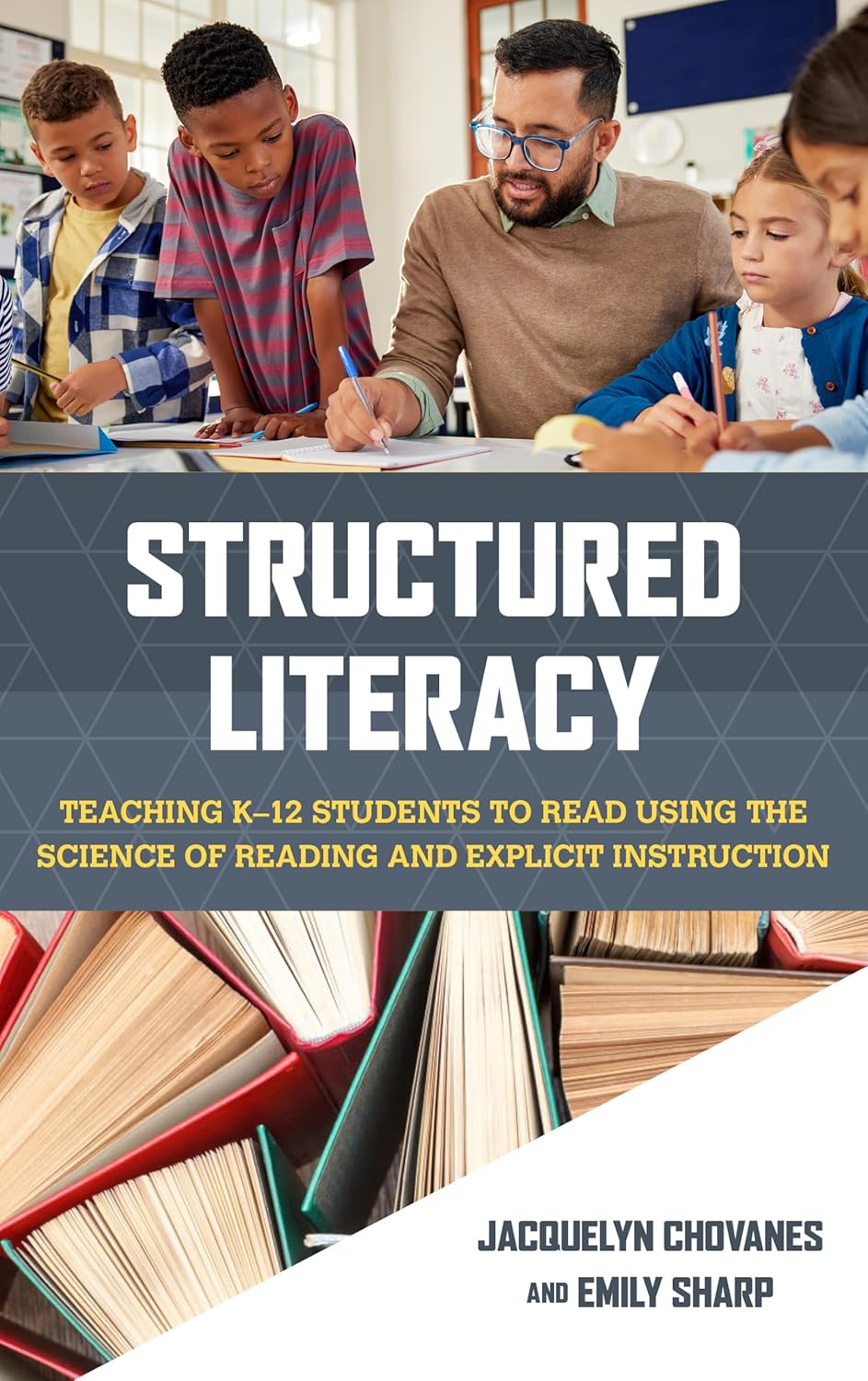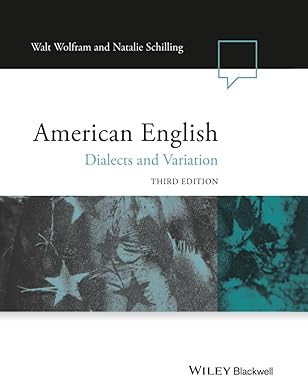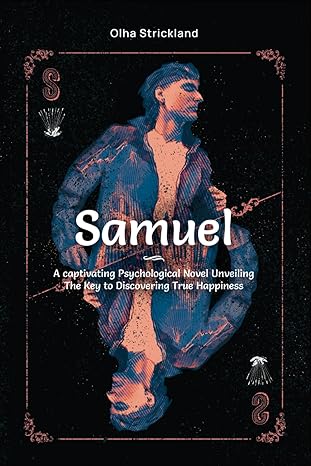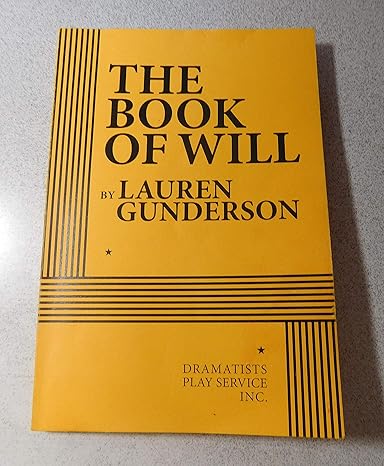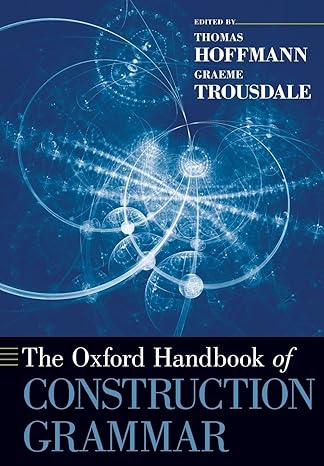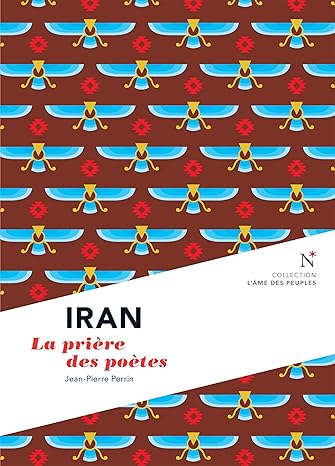For courses in Integrated Reading & Writing and Intermediate Reading (9-12 grade level).
High-interest, thought-provoking, thematic content to spur students’ learning
Reading and Writing About Contemporary Issues gathers only the most stimulating nonfiction pieces regarding real-world problems, connects them thematically, and uses them as tools to build on students’ reading and writing through numerous examples for analysis. Students see not only how to use these skills, but why we use them. Each reading is organized into thematic units that focus on contemporary issues, and has been chosen to interest and motivate students.
The 3rd Edition uses the readings as direct teaching tools rather than examples. Readings are organized based on level of difficulty–and are drawn from a variety of sources, such as blogs and websites, books, textbooks, periodicals, popular magazines, and newspapers. This wide selection of readings and flexible organization adapts easily to a variety of integrated reading and writing courses and to a broad range of students.
Also available with MyLab Reading & Writing Skills
By combining trusted author content with digital tools and a flexible platform, MyLab™ Reading & Writing Skills personalizes the learning experience and improves results for each student.
Note: You are purchasing a standalone product; MyLab Reading & Writing Skills does not come packaged with this content. Students, if interested in purchasing this title with MyLab Reading & Writing Skills, ask your instructor to confirm the correct package ISBN and Course ID. Instructors, contact your Pearson representative for more information.
چکیده فارسی
برای دورههای خواندن و نوشتن یکپارچه و خواندن متوسطه (سطح پایه ۹ تا ۱۲).
محتوای موضوعی با علاقه بالا، تفکر برانگیز برای تحریک یادگیری دانش آموزان
خواندن و نوشتن درباره مسائل معاصرفقط محرکترین بخشهای غیرداستانی را در رابطه با مسائل دنیای واقعی جمعآوری میکند، آنها را به صورت موضوعی به هم مرتبط میکند، و از آنها به عنوان ابزاری برای ساختن دانشآموزان استفاده میکند. خواندن و نوشتن از طریق مثال های متعدد برای تجزیه و تحلیل. دانشآموزان نه تنها چگونه از این مهارتها استفاده میکنند، بلکه چرا ما از آنها استفاده میکنیم. هر مطالعه در واحدهای موضوعی سازماندهی شده است که بر مسائل معاصر تمرکز دارد و برای علاقه مندی و ایجاد انگیزه در دانش آموزان انتخاب شده است.
نسخه سوم از خواندن به عنوان ابزار آموزش مستقیم به جای مثال استفاده می کند. خواندن ها بر اساس سطح دشواری سازماندهی می شوند – و از منابع مختلفی مانند وبلاگ ها و وب سایت ها، کتاب ها، کتاب های درسی، نشریات دوره ای، مجلات معروف و روزنامه ها استخراج می شوند. این مجموعه گسترده از خواندن و سازماندهی انعطاف پذیر به راحتی با انواع دوره های خواندن و نوشتن یکپارچه و با طیف گسترده ای از دانش آموزان سازگار می شود.
همچنین با مهارت خواندن و نوشتن MyLab موجود است
MyLab™ Reading & Writing Skills با ترکیب محتوای نویسنده قابل اعتماد با ابزارهای دیجیتال و یک پلت فرم انعطاف پذیر، تجربه یادگیری را شخصی می کند و نتایج را برای هر دانش آموز بهبود می بخشد.
توجه: شما در حال خرید یک محصول مستقل هستید. MyLab Reading & Writing Skills همراه با این محتوا ارائه نمی شود. دانشجویان، اگر علاقه مند به خرید این عنوان با MyLab Reading & Writing Skills هستند، از مربی خود بخواهید که ISBN بسته صحیح و شناسه دوره را تأیید کند. مربیان، برای اطلاعات بیشتر با نماینده Pearson خود تماس بگیرید.
ادامه ...
بستن ...
Ebook details:
عنوان: Reading and Writing About Contemporary Issues (3rd Edition)
نویسنده: McWhorter, Kathleen T.
ناشر: Pearson; 3 edition (January 14, 2019)
زبان: English
شابک: 0134996305, 978-0134996301
حجم: 175 Mb
فرمت: Original PDF
ادامه ...
بستن ...
Title Page
Copyright Page
Brief Contents
Detailed Contents
Preface
Acknowledgments
Preface
PART ONE A Handbook for Reading and Writing in College
1 The Reading Process
1a Active Reading: The Key to Academic Success
1b Reading Textbooks
Guidelines for Reading Textbooks
Pre-Reading Strategies
1c Previewing, Predicting, and Asking Questions
Previewing
Examining Professional Writing: “Consequences of Social Class,” James Henslin
Making Predictions
Forming Guide Questions
1d Activating Prior Knowledge
How to Activate Your Prior Knowledge
Researching, Discussing, and Writing
During Reading Strategies
1e Checking and Strengthening Your Comprehension
Monitoring Your Comprehension
Strengthening Your Comprehension Using Self-Testing
Using Review to Strengthen Your Recall
1f Highlighting to Identify Important Information
Guidelines for Effective Highlighting
1g Annotating to Record Your Ideas
1h Reading Digital Text
Post-Reading Strategies
1i Paraphrasing
1j Outlining
1k Using Maps to Show Relationships
Conceptual Maps
Process Diagrams
Time Lines
Part and Function Diagrams
1l Summarizing
1m Writing in Response to Reading
Writing an Informal Response
Writing a Formal Response
Self-Test Summary
2 The Writing Process
2a Understanding the Writing Process
2b Using Technology for Writing
Using Technology to Generate Ideas
Using Technology for Drafting and Revising
Examining Student Writing: “The Space In-Between,” Santiago Quintana Garcia
Prewriting Strategies
2c Generating Ideas
Choosing Your Topic
Generating Ideas
Narrowing Your Topic
2d Considering Audience, Purpose, Point of View, and Tone
Considering Audience
Considering Purpose
Considering Point of View
Considering Tone
2e Planning and Organizing
Outlining
Using Idea Maps
Drafting Strategies
2f Drafting and Revising Paragraphs
Understanding the Structure of Paragraphs
Writing Effective Topic Sentences
Writing Effective Paragraphs
Revising Paragraphs
2g Drafting Essays
Understanding the Structure of Essays
Writing Effective Thesis Statements
Writing First Drafts
Revision Strategies
2h Revising an Essay
Using Peer Review
Using Google Docs
2i Editing and Proofreading Your Work
Editing and Proofreading Checklist
Self-Test Summary
3 Vocabulary for Readers and Writers
3a Using Context Clues
3b Learning Affixes: Prefixes, Roots, and Suffixes
What You Need to Know About Affixes
Prefixes
Roots
Suffixes
3c Using a Dictionary and a Thesaurus
Types of Dictionaries
Using a Dictionary
Using a Thesaurus
3d Using Language Effectively
Denotation and Connotation
Synonyms and Antonyms
Slang
Colloquial Language
Idioms
Analogies
Technical and Academic Language
Self-Test Summary
4 Main Ideas and Topic Sentences
4a What Is a Paragraph?
4b Identifying and Selecting Topics
Distinguishing Between General and Specific Ideas
Finding the Topic of a Paragraph
Selecting a Topic to Write About
4c Reading and Writing Topic Sentences
Finding the Topic Sentence of a Paragraph
Common Positions for Topic Sentences
Writing a Topic Sentence
Self-Test Summary
5 Supporting Details, Transitions, and Implied Main Ideas
5a Identifying and Selecting Supporting Details
Recognizing Supporting Details
Selecting and Organizing Supporting Details
5b Recognizing and Using Transitions
Recognizing Transitions
Using Transitional Words and Phrases to Connect Details
5c Finding Implied Main Ideas
Inferring Implied Main Ideas
How to Find Implied Main Ideas in Paragraphs
Writing Implied Main Ideas
Self-Test Summary
6 Revising and Proofreading Paragraphs
6a Reading Carefully and Critically for Revision
Examining Student Writing: “The Woes of Internet Dating,” Claire Stroup
6b Revising Ineffective Paragraphs
Revising Ineffective Topic Sentences
Revising Paragraphs to Add Supporting Details
6c Using Idea Maps to Spot Revision Problems
Does Every Detail Belong, or Have You Strayed Off Topic?
Are the Details Arranged and Developed Logically?
Is the Paragraph Balanced and Not Repetitious?
6d Proofreading for Correctness
Self-Test Summary
7 Reading and Writing Organizational Patterns
7a Reading and Writing Illustration
Reading Illustration Paragraphs
Writing Illustration Paragraphs
7b Reading and Writing Process
Reading Process Paragraphs
Writing Process Paragraphs
7c Reading and Writing Definition
Reading Definition Paragraphs
Writing Definition Paragraphs
7d Reading and Writing Classification
Reading Classification Paragraphs
Writing Classification Paragraphs
7e Reading and Writing Cause and Effect
Reading Cause and Effect Paragraphs
Writing Cause and Effect Paragraphs
7f Reading and Writing Comparison and Contrast
Reading Comparison and Contrast Paragraphs
Writing Comparison and Contrast Paragraphs
7g Reading and Writing Mixed Patterns
Reading Mixed Pattern Paragraphs
Writing Mixed Pattern Paragraphs
Self-Test Summary
8 Writing Essays and Documented Papers
Writing Essays
8a The Structure of an Essay
Examining Student Writing: “The iAm: How Certain Brands Inspire the Most Loyal Consumers Ever,”
8b Prewriting: Generating and Organizing Ideas and Planning Your Essay
Choosing Your Topic and Generating Ideas
Narrowing Your Topic
Grouping Ideas to Discover a Thesis Statement
Writing an Effective Thesis Statement
Considering Purpose, Audience, Point of View, and Tone
Organizing Ideas Using Outlining and Mapping
Choosing a Method of Development
8c Drafting an Essay
Drafting Body Paragraphs
Evaluating and Revising Your Thesis Statement
Supporting Your Thesis with Substantial Evidence
Using Transitions to Make Connections Among Your Ideas Clear
Writing the Introduction, Conclusion, and Title
8d Revising: Examining Your Ideas
General Essay Revision Strategies
Using Revision Maps to Revise
Revising Essay Content and Structure
Revising Paragraphs
Revising Sentences and Words
8e Editing and Proofreading: Focusing on Clarity and Correctness
General Suggestions for Editing and Proofreading
Using a Proofreading Checklist
Presenting Your Essay
Writing Documented Papers
8f What Is an Essay that Uses Sources?
Examining Student Writing: “Weighing the Consequences of Censorship in Media,” Adam Simmons
8g Reading: Finding and Recording Appropriate Sources
Tips for Finding Appropriate Sources
Understanding Plagiarism
Recording Sources to Avoid Plagiarism
8h Using Sources to Support Your Thesis and Develop Your Essay
8i Synthesizing Sources
How to Compare Sources to Synthesize
How to Develop Ideas About Sources
8j Integrating Quotations into an Essay
Integrating Quotations
8k Documenting Sources Using MLA or APA Styles
An Overview of the MLA Style
An Overview of the APA Style
Self-Test Summary
9 Critical Thinking: Reading and Writing
9a Making Accurate Inferences and Drawing Conclusions
How to Make Accurate Inferences and Conclusions
Thinking Critically About Inferences as You Write
9b Assessing Sources and Author Qualifications
Considering the Source
Considering the Author’s Credentials
Evaluating Internet Sources
Thinking Critically About Source and Authority as You Write
9c Understanding Fake News
What Is Fake News?
How to Identify Fake News
How the Term “Fake News” Is Misused
9d Distinguishing Between Fact and Opinion
Identifying Facts and Opinions
Thinking Critically About the Facts and Opinions You Use
9e Identifying the Author’s Purpose
Determining an Author’s Purpose
Determining Your Purpose for Writing
9f Evaluating Tone
Assessing an Author’s Tone
Thinking Critically About Your Tone
9g Interpreting Figurative Language
Analyzing Figurative Language
Using Figurative Language Effectively
9h Identifying Bias
Spotting Bias
Handling Bias Openly When You Write
9i Evaluating the Reliability of Data and Evidence
Evaluating Data and Evidence
Thinking Critically About the Evidence You Use
9j Interpreting and Using Visuals
A General Approach to Reading Graphics
Analyzing Photographs
Thinking Critically About Incorporating Visuals into Your Writing
Self-Test Summary
10 Analyzing Issues and Arguments
10a Contemporary Issues and Arguments
10b What Is an Argument?
10c The Parts of an Argument
10d Strategies for Reading an Argument
Thinking Before You Read
Examining a Professional Article: “Who Are the Animals in Animal Experiments?,” Aysha Akhtar
Reading Actively
Recognizing Types of Supporting Evidence
10e Strategies for Evaluating an Argument
Assessing the Accuracy of Evidence and Premises
Assessing the Relevancy of Evidence
Assessing the Sufficiency of Evidence
Assessing the Definitions of Terms
Assessing Cause and Effect Relationships
Assessing Implied or Stated Value Systems
Recognizing and Refuting Opposing Viewpoints
Recognizing Unfair Emotional Appeals
10f Errors in Logic
Circular Reasoning
False Analogy
Hasty Generalization
Non Sequitur (“It Does Not Follow”)
False Cause
Either–Or Fallacy
Abstract Concepts as Reality
Red Herring
10g Writing Argument Essays
Examining Student Argumentative Writing: “Standardized Testing: An Argument for Abolishment,” Sa
Writing an Argumentative Thesis Statement
Analyzing Your Audience
Providing Adequate Supporting Evidence
Researching Your Topic
Responding to Opposing Ideas
Self-Test Summary
PART TWO Reading and Writing About Contemporary Issues
11 Defining Ourselves: Our Multiple Identities
Why Is Identity Such an Important Contemporary Issue?
Tips for Reading About Identity
SELECTION 1 “Enhancing Your Body Image,” Rebecca J. Donatelle
SELECTION 2 “ ‘Hurtful and Beautiful’: Life With Multiple Sclerosis,” Alice G. Walton
SELECTION 3 “All Guts, No Glory,” Molly M. Ginty
Activities: Exploring Identity
Making Connections: Thinking Within the Issues
12 Our Environment: Problems and Solutions
Why Is the Environment Such an Important Contemporary Issue?
Tips for Reading About the Environment
SELECTION 4 “ ‘Katrina Brain’: The Invisible Long-term Toll of Megastorms,” Christine Vestal
SELECTION 5 “Our E-Waste Problem Is Ridiculous, and Gadget Makers Aren’t Helping,” Christina B
SELECTION 6 “Poison in the Bottle: How Safe Is Bisphenol A?,” Jay Withgott and Matthew Laposata
Activities: Exploring Environmental Issues
Making Connections: Thinking Within the Issues
13 Relationships: Our Friends, Families, and Communities
Why Are Relationships Such an Important Contemporary Issue?
Tips for Reading About Relationships
SELECTION 7 “Hooking Up,” Jenifer Kunz
SELECTION 8 “Are You ‘Phubbing’ Right Now?” Emma Seppälä
SELECTION 9 “Why It’s Really Possible to Fall in Love Online,” Brenna Ehrlich
Activities: Exploring Relationships
Making Connections: Thinking Within the Issues
14 Medical Ethics: Where Do We Draw the Line?
Why Is Medical Ethics Such an Important Contemporary Issue?
Tips for Reading About Medicine and Ethics
SELECTION 10 “Eggs for Sale,” M. A. Garcia
SELECTION 11 “Why the Right to Die Movement Needed Brittany Maynard,” Keisha Ray
SELECTION 12 “Ethical Issues in Medicine,” Audrey Berman, Shirlee J. Snyder, and Geralyn Frandse
Activities: Exploring Medicine and Ethics
Making Connections: Thinking Within the Issues
15 Personal Safety and Security: Threats and Protection
Why Are Safety and Security Such Important Contemporary Issues?
Tips for Reading About Personal Safety and Security
SELECTION 13 “How to Protect Yourself During a Mass Shooting,” Ed Hinman
SELECTION 14 “China’s Surveillance State Should Scare Everyone,”Anna Mitchell and Larry Diamon
SELECTION 15 “Technology in the Fight Against Crime,” Frank Schmalleger
Activities: Exploring Personal Safety and Security Issues
Making Connections: Thinking Within the Issues
16 Conformity and Nonconformity: Following and Breaking the Rules
Why Are Conformity and Nonconformity Such Important Contemporary Issues?
Tips for Reading About Conformity and Nonconformity
SELECTION 16 “A Brother Lost,” Ashley Womble
SELECTION 17 “American Schools Are Failing Nonconformist Kids. Here’s How. In Defense of the Wil
SELECTION 18 “Groups and Conformity,” Michael R. Solomon
Activities: Exploring Conformity and Nonconformity
Making Connections: Thinking Within the Issues
17 Personal Freedoms and Limitations: Lifestyle Choices
Why Is Freedom Such an Important Contemporary Issue?
Tips for Reading About Personal Freedoms and Limitations
SELECTION 19 “Bipolar Disorder: The Agony and the Ecstasy,” Thomas Wheaton
SELECTION 20 “Hate Speech Is Protected Free Speech, Even on College Campuses,” Erwin Chemerinsky
SELECTION 21 “Human Smuggling and Trafficking,” Frank Schmalleger
Activities: Exploring Personal Freedoms and Limitations
Making Connections: Thinking Within the Issues
Making Connections: Thinking Across the Issues
PART THREE A Multi-Disciplinary Casebook on Globalization
Examining One Issue in Depth
Preview the Readings
Read About Globalization
Synthesize Sources
READING 1 Geography, “The Impact of Globalization” Les Rowntree, Martin Lewis, Marie Price, and
READING 2 Biology, “World Overpopulation and Resource Management” Teresa Audesirk, Gerald Audesi
READING 3 Business and Marketing, “Marketing on the Global Stage” Michael R. Solomon, Greg W. Ma
READING 4 Cultural Anthropology, “Globalization and Health” Barbara Miller
READING 5 Communication, “Globalization and Intercultural Communication” Joseph A. DeVito
READING 6 Economics, “The Global Economy” Robin Bade and Michael Parkin
Synthesis and Integration Questions and Activities
Writing About the Readings
PART FOUR Grammar and Correctness Skill Refreshers
Skill Refresher 1: Sentence Fragments
Skill Refresher 2: Run-On Sentences
Skill Refresher 3: Subject-Verb Agreement
Skill Refresher 4: Pronoun-Antecedent Agreement
Skill Refresher 5: Pronoun Reference
Skill Refresher 6: Dangling Modifiers
Skill Refresher 7: Misplaced Modifiers
Skill Refresher 8: Parallelism
Skill Refresher 9: Comma Usage
Skill Refresher 10: Using Colons and Semicolons
Text Credits
Index
ادامه ...
بستن ...
![Reading and Writing About Contemporary Issues (3rd Edition) [2020] - Original PDF Reading and Writing About Contemporary Issues (3rd Edition) [2020] - Original PDF](https://dl.libsan.ir/images/1/12/Reading and Writing About Contemporary Issues_5eca86bc07a11.jpg)
